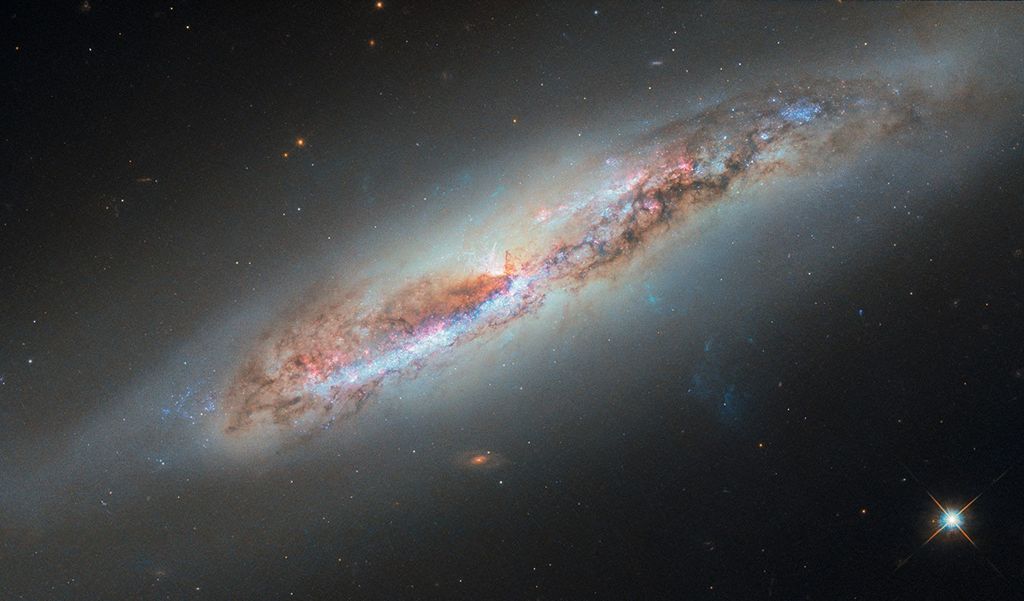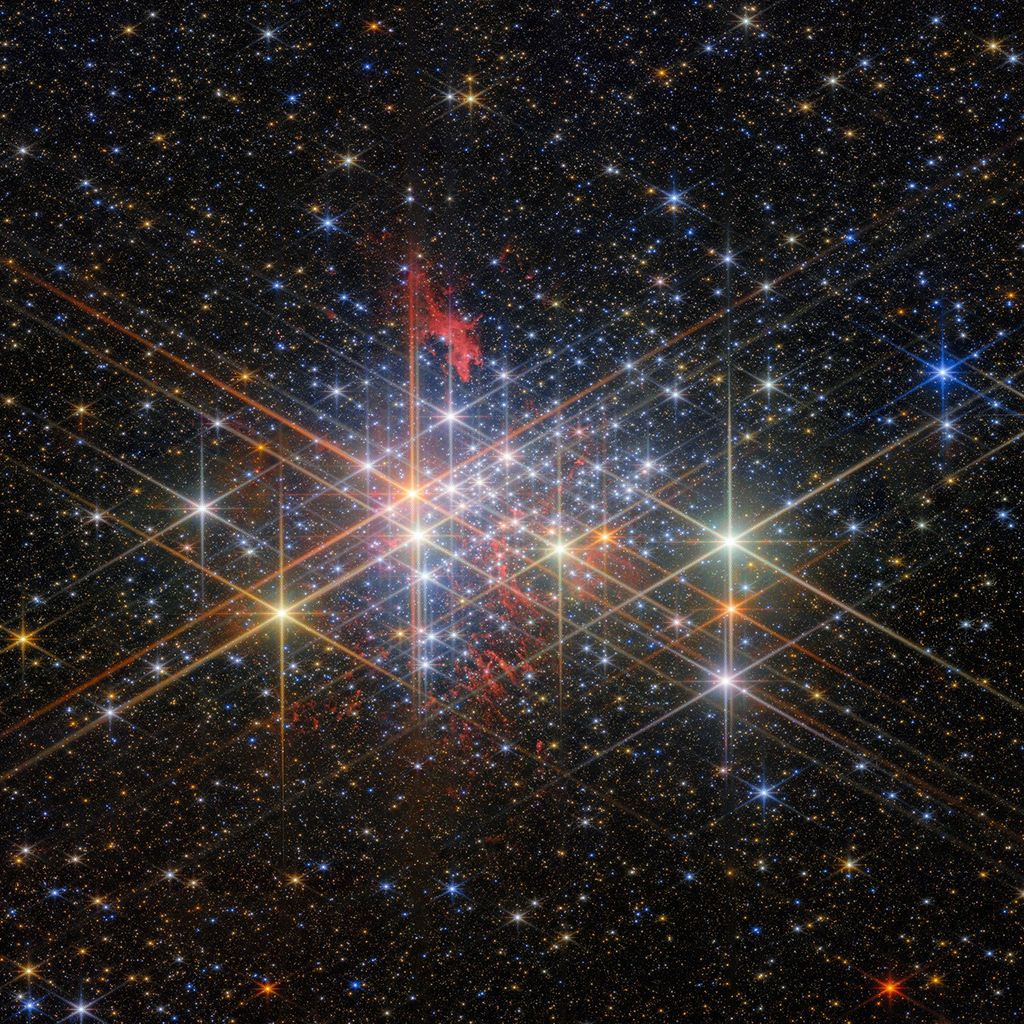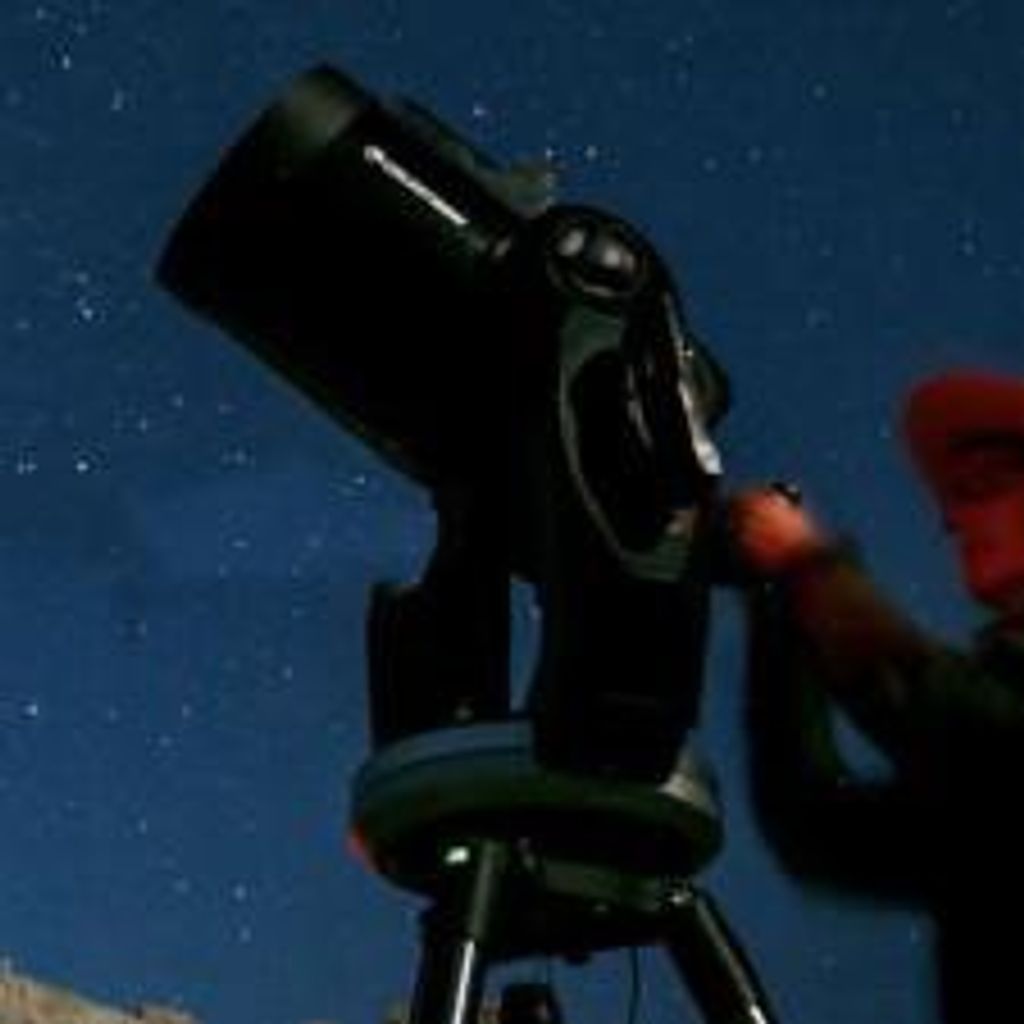1 min read
NGC 2292 and NGC 2293

About the Object
- R.A. PositionR.A. PositionRight ascension – analogous to longitude – is one component of an object's position.06:47:39.65
- Dec. PositionDec. PositionDeclination – analogous to latitude – is one component of an object's position.-26:44:46.50
- ConstellationConstellationOne of 88 recognized regions of the celestial sphere in which the object appears.Canis Major
- DistanceDistanceThe physical distance from Earth to the astronomical object. Distances within our solar system are usually measured in Astronomical Units (AU). Distances between stars are usually measured in light-years. Interstellar distances can also be measured in parsecs.about 120 million light-years
- DimensionsDimensionsThe physical size of the object or the apparent angle it subtends on the sky.Image is about 3 arcmin across (about 108,000 light-years)
About the Data
- Data DescriptionData DescriptionProposal: A description of the observations, their scientific justification, and the links to the data available in the science archive.
Science Team: The astronomers who planned the observations and analyzed the data. "PI" refers to the Principal Investigator.The HST observations include those from programs 15445 (W. Keel) - InstrumentInstrumentThe science instrument used to produce the data.ACS/WFC
- Exposure DatesExposure DatesThe date(s) that the telescope made its observations and the total exposure time.23 Jan 2020
- FiltersFiltersThe camera filters that were used in the science observations.F606W
- Object NameObject NameA name or catalog number that astronomers use to identify an astronomical object.NGC 2292 and NGC 2293
- Object DescriptionObject DescriptionThe type of astronomical object.Pair of Interacting Galaxies
- Release DateOctober 29, 2020
- Science ReleaseHubble Finds “Greater Pumpkin” Galaxy Pair
- Credit

These images are a composite of separate exposures acquired by the ACS/WFC instrument on the Hubble Space Telescope along with ground-based observations from the Pan-STARRS program. The color results from assigning different hues (colors) to each monochromatic image. In this case, the assigned colors are: Luminosity: F606W Blue: Pan-STARRS (g) Red: Pan-STARRS (z) The higher resolution, black & white Hubble image and the lower resolution, color Pan-STARRS images were combined using a technique that takes luminosity (brightness) information from the black and white ACS image and color information from the composite Pan-STARRS image. This preserves all of the higher-resolution detail from the Hubble data while also rendering a color image of this region of space.

Share
Details
Claire Andreoli
NASA’s Goddard Space Flight Center
Greenbelt, Maryland
claire.andreoli@nasa.gov































